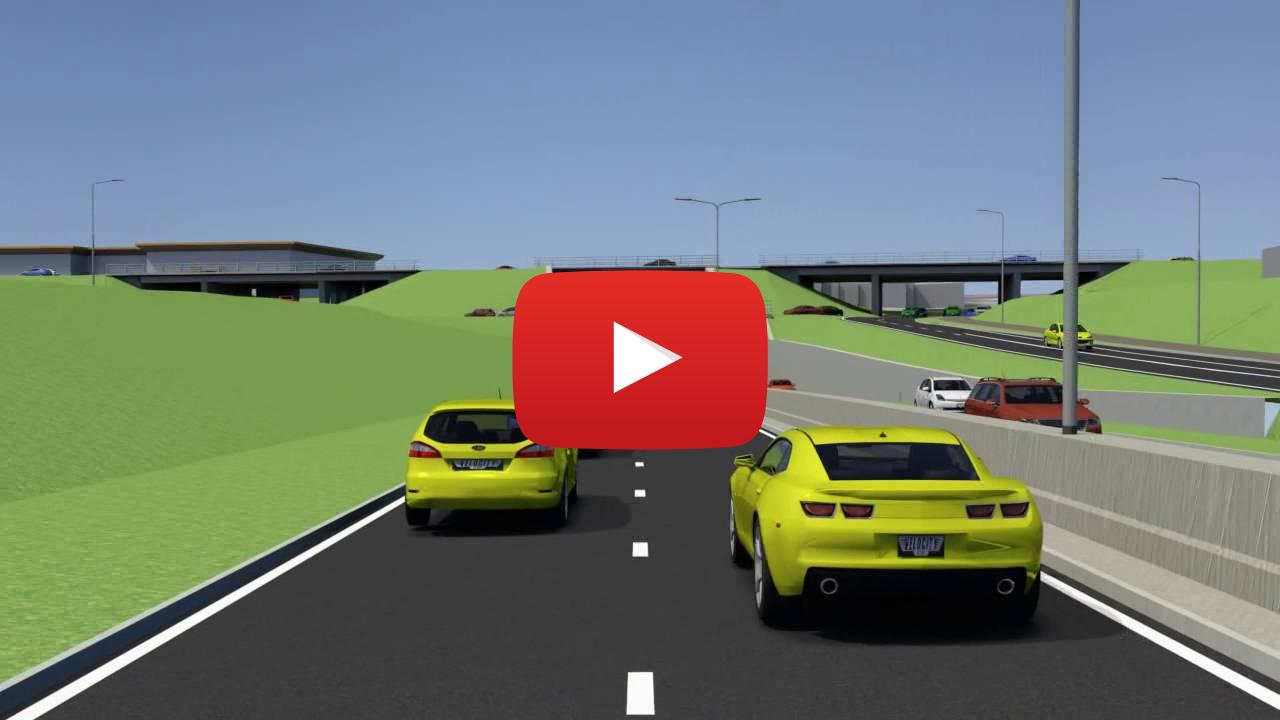
Work will go ahead for the £200 million A47/A11 Thickthorn Junction scheme for Norwich in the UK. The long-delayed project has been approved by the UK Government and will help to speed journeys and cut congestion and travel times for drivers in Norfolk.
According to the Department for Transport (DfT), drivers on the eastbound A11 to A47 will save 3-4 minutes off journeys in the morning and afternoon travel peaks. Along the A11, the route will also shave off 2-3 minutes in the morning and afternoon peaks.
The upgraded junction will improve links between Norwich and Peterborough. The new design will also improve safety, with rerouted traffic and safer pedestrian and cycle routes, projected to save as many as 26 fatal or serious injury collisions over the next 60 years.
The plans include the construction of two new free-flowing slip roads that will connect the A47 with the A11, re-routing traffic away from the junction and flowing it under new underpasses. As well as faster journeys, drivers in Norfolk are also set to benefit from improved road surfaces, due to a £56 million uplift in highway maintenance funding for Norfolk.
The Future of Roads Minister, Lilian Greenwood, said: “This scheme is finally getting to go-ahead it deserves, after years of expensive legal blocks, as we are now able to unlock this vital scheme that Norwich has waited long for.”
The scheme is part of the Greater Norwich City Deal, attracting more businesses to operate in Norwich, which includes new homes and areas for commercial development. Councillor Graham Plant, cabinet member for Highways Infrastructure and Transport, Norfolk County Council, said: “Thickthorn Junction has been a persistent bottleneck and we’ve been pushing for these improvements for a number of years.”
Nova Fairbank, Chief Executive, Norfolk Chambers of Commerce, said: “The Norfolk business community has long campaigned for improvements to the whole of the A47, our main route from east to west and a key part of this route is the Thickthorn Junction, which connects the A11 to the A47.”








